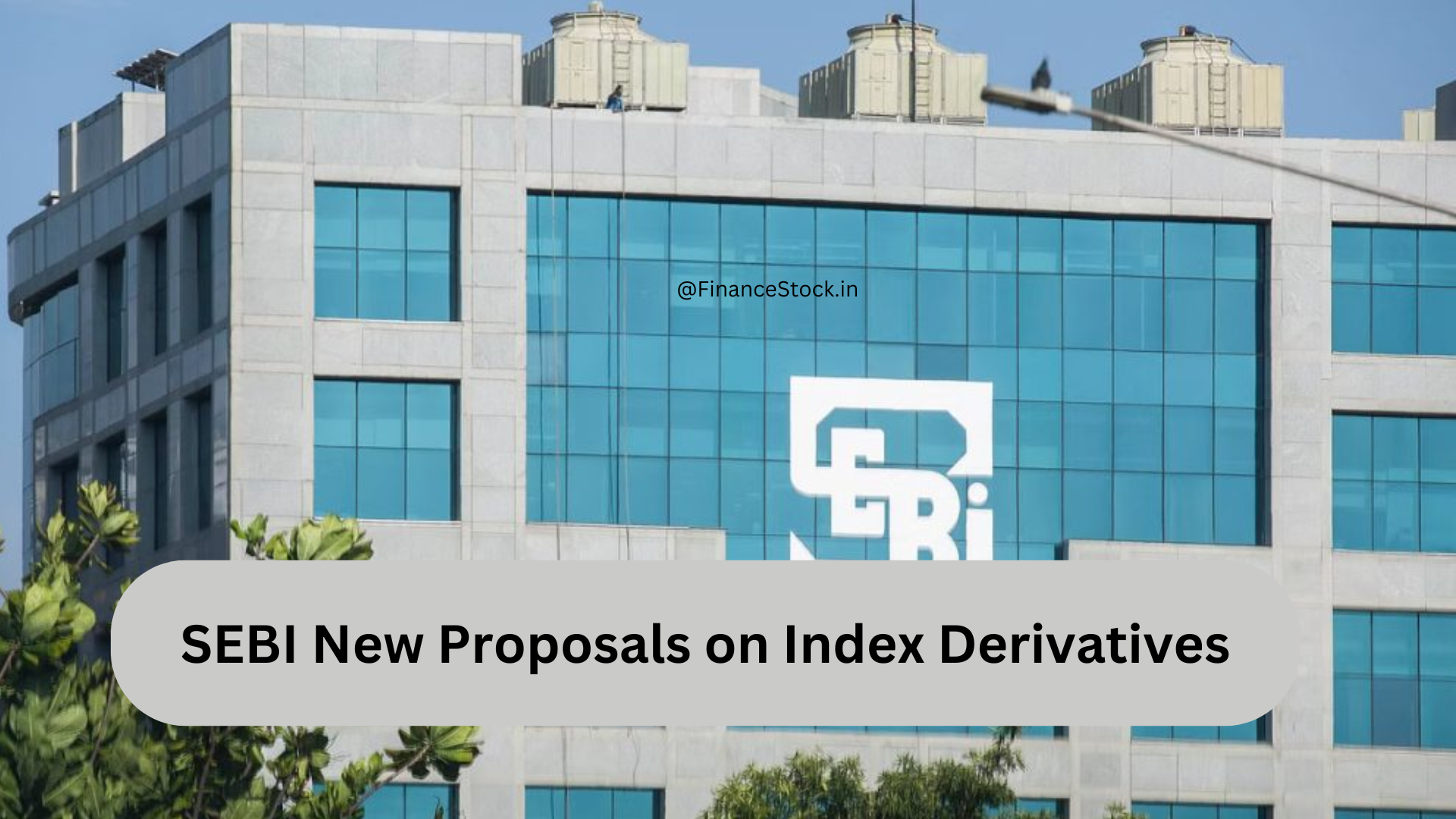The Securities and Exchange Board of India (SEBI) has recently introduced a suite of proposals aimed at fortifying the regulatory landscape for index derivatives. These measures seek to temper speculative trading and cultivate a more stable market milieu. This article delves into SEBI’s proposals, their potential repercussions for traders, and essential insights for navigating these changes adeptly.
What Are Index Derivatives?
Index derivatives are financial instruments whose worth is contingent upon a stock market index. This category encompasses index futures and options, which permit traders to speculate on future index movements. While they offer lucrative opportunities, they also pose substantial risks, especially in volatile markets.
Key SEBI Proposals: An Overview
Upfront Collection of Options Premium: SEBI has put forth that brokers should collect the full premium for options contracts upfront. At present, traders can partially pay premiums, leading to potential risks and discrepancies in margin requirements. This new regulation aims to bolster financial discipline and mitigate default risks.
Increase in Contract Size: To alleviate the risks associated with smaller contracts, SEBI proposes increasing the minimum contract size for index derivatives. This initiative is anticipated to curb speculative trading by making it costlier to assume large market positions.
Higher Margin Requirements: The regulator is advocating for heightened margin requirements for trading in index derivatives, including both initial and variation margins. This measure is designed to ensure traders possess adequate funds to sustain their positions, thereby reducing default risks.
Measures to Curb Speculative Trading: SEBI intends to implement stricter controls to curtail excessive speculative trading in index derivatives, including enhanced monitoring of trading activities and stricter penalties for infractions.
Enhanced Transparency and Reporting: The proposals also underscore the necessity for greater transparency in index derivatives trading. Traders and brokers will be required to adhere to more stringent reporting standards to ensure that all transactions are conducted transparently and in compliance with regulatory norms.
Impact on Traders: What to Expect
- Increased Costs: The upfront collection of options premiums and larger contract sizes will likely escalate trading costs. Traders must adjust their strategies to accommodate these changes and ensure sufficient capital is available to meet the new margin requirements.
- Reduced Speculative Trading: The heightened margin requirements and increased contract sizes are expected to diminish speculative trading. Traders will need to adopt more strategic approaches, focusing on long-term investments rather than short-term speculation.
- Improved Market Stability: By curbing excessive speculative trading and enhancing transparency, SEBI’s proposals aim to foster a more stable and reliable trading environment. This could lead to more balanced market conditions and mitigate sudden market fluctuations.
- Enhanced Risk Management: Traders will need to implement more robust risk management strategies to navigate the increased costs and margin requirements. This includes vigilant monitoring of positions and ensuring sufficient funds are available to cover potential losses.
Examples for Better Understanding
Consider a trader who typically engages in small-sized index options contracts. Under the new proposals, this trader must adapt to larger contract sizes and pay the entire premium upfront. Although this may result in higher initial costs, it could also contribute to a more stable trading environment with reduced default risk.
Example: If a trader previously engaged in options contracts with a nominal premium of ₹10,000, they would now need to pay this amount in full at purchase. Furthermore, if the minimum contract size increases from ₹1 lakh to ₹5 lakhs, the trader must adjust their strategy to manage the higher financial commitment.
FAQs
What are index derivatives?
Index derivatives are financial instruments that derive their value from an underlying market index, such as Nifty 50. They are used for hedging, speculation, and gaining exposure to broader market trends.
How do SEBI’s new proposals impact traders?
SEBI’s new proposals introduce higher margin requirements, stricter position limits, and enhanced disclosure norms, impacting traders’ capital requirements and trading strategies.
Why has SEBI increased margin requirements?
The increase in margin requirements is intended to enhance market stability by ensuring that traders have sufficient capital to cover potential losses, reducing systemic risk.
What are the benefits of SEBI’s regulatory changes?
The benefits include improved market stability, enhanced investor protection, and encouragement of long-term investments, leading to a more transparent and robust financial market.
How should traders adapt to the new regulations?
Traders should focus on compliance, update their risk management systems, and adjust their trading strategies to align with the new regulatory requirements.
Visit again financestock.in and subscribe for the latest updates llike a SEBI New Proposals on Index Derivatives

